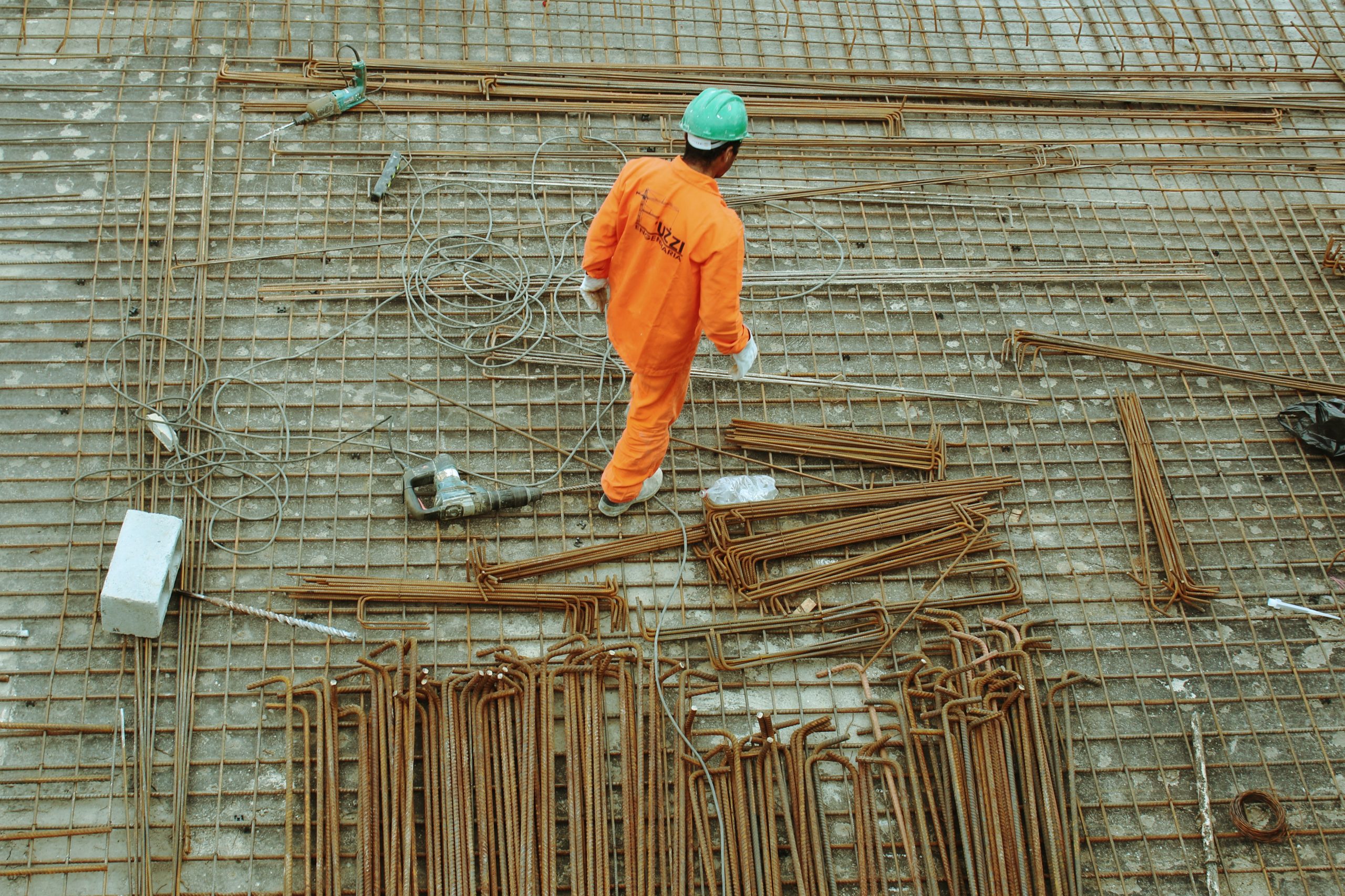New report reveals that four selected African countries who have sought G20 debt restructuring will need to spend between 9.7 – 49% of GDP annually on infrastructure spending to meet the SDGs.
New report by Development Reimagined on the infrastructure financing needs of four African countries – Ethiopia, Zambia, Kenya and Chad – highlights that a huge amount of external, concessional finance is required to meet the Sustainable Development Goals (SDGs).
Numerous international organizations stress the importance of infrastructure for development. Yet, there is a severe lack of analysis on the actual infrastructure financing needs of the continent, making it increasingly difficult to identify the actual costs required to meet these needs – including the SDGs. Without knowing the quantifiable costs to meet infrastructure needs, effective spending on vital infrastructure becomes increasingly challenging.
To address this data gap, Development Reimagined has designed an econometric model to predict the infrastructure investment spending needs of four African countries from 2022 to 2030 under two scenarios – Business as Usual (BaU) and Meeting the SDGs. The reason for selecting these countries is that they have all – or have been rumoured to in the case of Kenya – applied to the Common Framework and are classed as “high” or “in debt distress” by the IMF and World Bank’s Debt Sustainability Analysis (DSA).
We found that each country’s infrastructure investment needs multiply in varying proportions. Annual investment needs will range from US $3.2 – US $34.8 billion, meaning that the equivalent of 9.7 – 49% of GDP will need to be set aside each year solely for infrastructural development. The report goes into depth by breaking these investment costs down across 9 key infrastructure sectors. Given that the report was released on March 22nd, 2023 – which is World Water Day – we highlight the costs of water financing needs in these four countries. To meet the SDGs, Kenya would need to spend US$ 3.9 – US$ 7.4 billion, whereas the remaining three countries would need to spend US$ 1.6 – 3 billion (Ethiopia), US$ 1.3 – 3 billion (Zambia) and US$ 2 – 3.9 billion (Chad) – and that’s just on water infrastructure – let alone the 8 accompanying infrastructure categories.

The scale of financial commitments required highlights the urgent need for greater levels of infrastructure financing needed in these countries, but more importantly, indicates how significant a role infrastructural development plays towards broader economic growth.
Finally, the report highlights the relationship between the IMF and World Bank’s DSA and the inherent bias towards African countries, providing strategic recommendations for African and international stakeholders to push for DSA reform to be accommodating towards growth-producing assets funded by debt.
The report is available in English here and in French here.
March 2023


